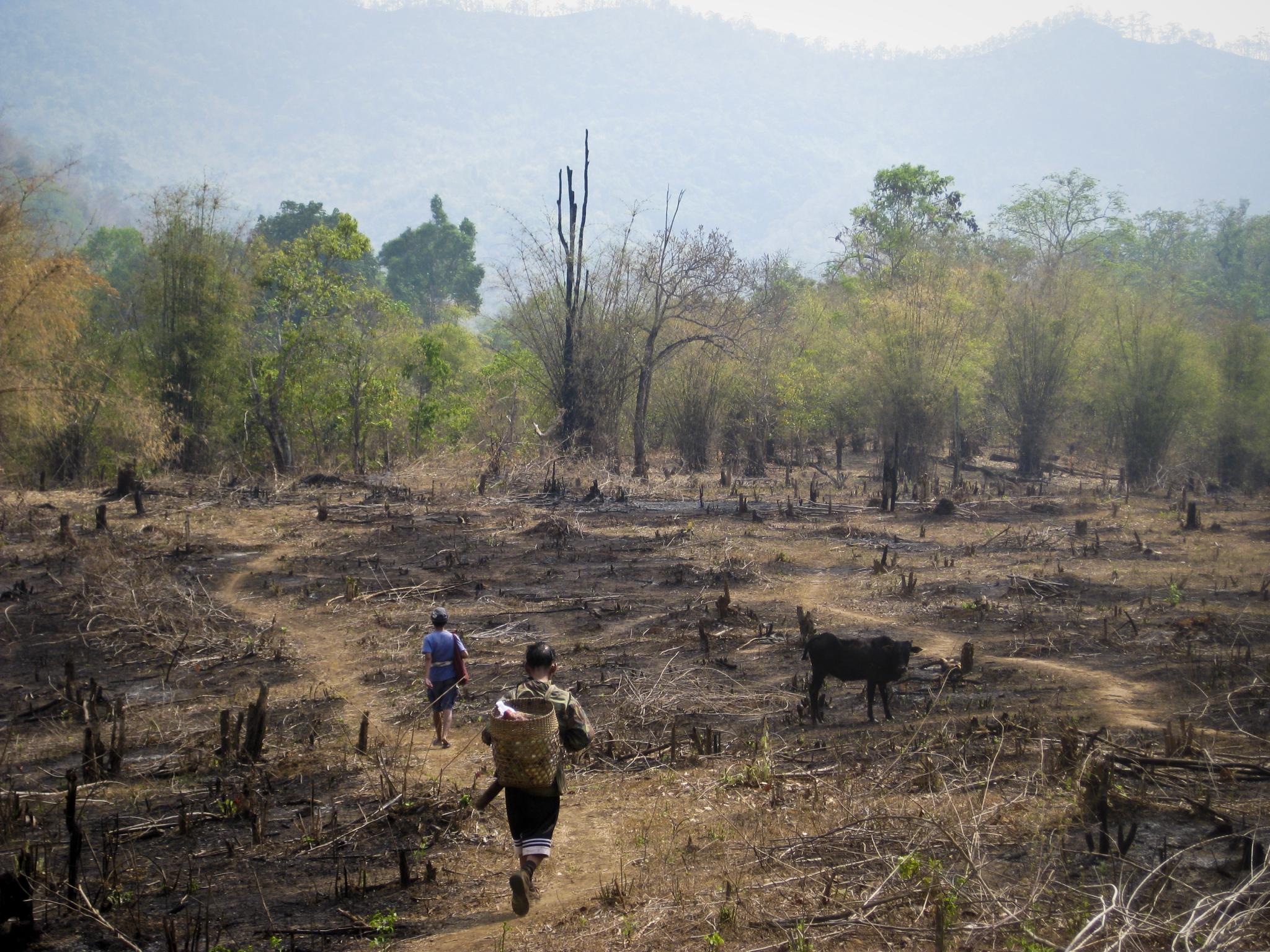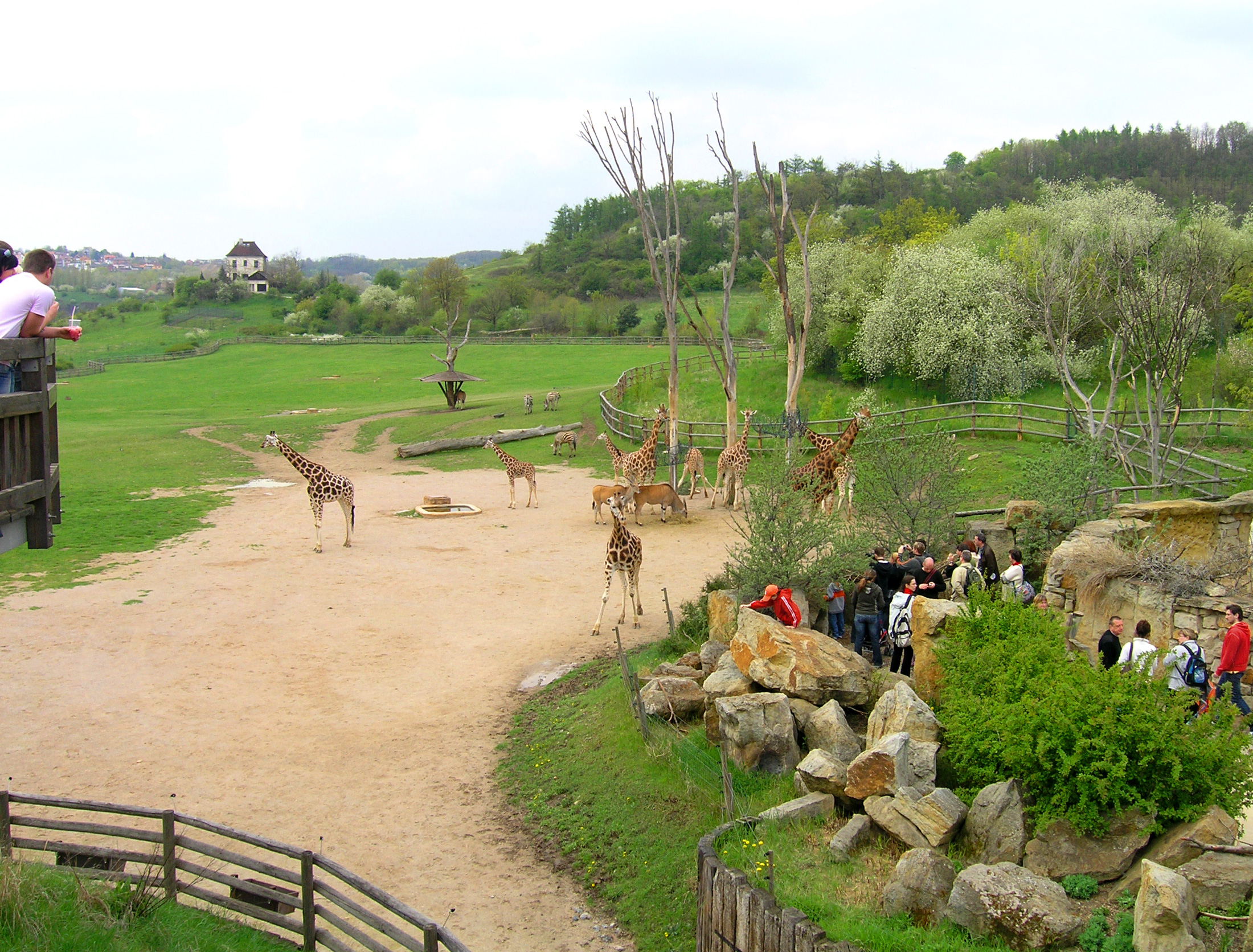|
Ferret Badger
Ferret-badgers are the six species of the genus ''Melogale'', which is the only genus of the monotypic mustelid subfamily Helictidinae. * Bornean ferret-badger (''Melogale everetti'') * Chinese ferret-badger (''Melogale moschata'') *Formosan ferret-badger (''Melogale subaurantiaca'') * Javan ferret-badger (''Melogale orientalis'') * Burmese ferret-badger (''Melogale personata'') * Vietnam ferret-badger The Vietnam ferret-badger (''Melogale cucphuongensis'') is a member of the family Mustelidae native to Vietnam. It was described in 2011 and is known from only two specimens. Taxonomy The Vietnam ferret-badger is a member of the genus '' Melogal ... (''Melogale cucphuongensis'') References Badgers Mammals of Southeast Asia Taxa named by Isidore Geoffroy Saint-Hilaire {{Carnivora-stub ... [...More Info...] [...Related Items...] OR: [Wikipedia] [Google] [Baidu] |
Chinese Ferret-badger
The Chinese ferret-badger (''Melogale moschata''), also known as the small-toothed ferret-badger is a member of the Mustelidae, and widely distributed in Southeast Asia. It is listed as Least Concern on the IUCN Red List and considered tolerant of modified habitat. The Chinese ferret-badger is densely distributed from Northeast India north to Central China south to northern Indochina. The Formosan ferret-badger (''M. subaurantiaca'') of Taiwan was formerly considered conspecific, but is now thought to be a distinct species. Description Distinctive mask-like face markings distinguish the Chinese ferret-badger from most other oriental mustelids, although the other members of the genus '' Melogale'' have similar facial markings. The average body size of the Chinese ferret-badger is with a tail of . Distribution and habitat The Chinese ferret-badger lives in grassland, open forests, and tropical rainforests from northeast India to southern China, including Hainan Island, and sou ... [...More Info...] [...Related Items...] OR: [Wikipedia] [Google] [Baidu] |
Mustelid
The Mustelidae (; from Latin ''mustela'', weasel) are a family of carnivorous mammals, including weasels, badgers, otters, ferrets, martens, minks and wolverines, among others. Mustelids () are a diverse group and form the largest family in the suborder Caniformia of the order Carnivora. They comprise about 66 to 70 species in nine subfamilies. Variety Mustelids vary greatly in size and behaviour. The smaller variants of the least weasel can be under in length, while the giant otter of Amazonian South America can measure up to and sea otters can exceed in weight. Wolverines can crush bones as thick as the femur of a moose to get at the marrow, and have been seen attempting to drive bears away from their kills. The sea otter uses rocks to break open shellfish to eat. Martens are largely arboreal, while European badgers dig extensive tunnel networks, called setts. Only one mustelid has been domesticated; the ferret. Tayra are also kept as pets (although they requ ... [...More Info...] [...Related Items...] OR: [Wikipedia] [Google] [Baidu] |
Badgers
Badgers are short-legged omnivores in the family Mustelidae (which also includes the otters, wolverines, martens, minks, polecats, weasels, and ferrets). Badgers are a polyphyletic rather than a natural taxonomic grouping, being united by their squat bodies and adaptions for fossorial activity. All belong to the caniform suborder of carnivoran mammals. The fifteen species of mustelid badgers are grouped in four subfamilies: four species of Melinae (genera ''Meles'' and ''Arctonyx'') including the European badger, five species of Helictidinae (genus ''Melogale'') or ferret-badger, the honey badger or ratel Mellivorinae (genus ''Mellivora''), and the American badger Taxideinae (genus ''Taxidae''). Badgers include the most basal mustelids; the American badger is the most basal of all, followed successively by the ratel and the Melinae; the estimated split dates are about 17.8, 15.5 and 14.8 million years ago, respectively. The two species of Asiatic stink badgers of the g ... [...More Info...] [...Related Items...] OR: [Wikipedia] [Google] [Baidu] |
Vietnam Ferret-badger
The Vietnam ferret-badger (''Melogale cucphuongensis'') is a member of the family Mustelidae native to Vietnam. It was described in 2011 and is known from only two specimens. Taxonomy The Vietnam ferret-badger is a member of the genus '' Melogale'', which contains another four species. Two of these, the Burmese ferret-badger and the Chinese ferret-badger, occur together with it in the same region. The Vietnam ferret-badger was assigned to a separate species by comparing the holotype to a limited number of specimens of these two species. As this does not take into account many other ''Melogale'' specimens held worldwide, it is as of 2016 unclear whether the name given to the species is valid with regard to earlier synonyms. Pending verification, the name ''M. cucphuongensis'' has been provisionally accepted by the IUCN in its assessment. Discovery In March 2005, a living ferret-badger that looked different from all known ferret-badger species was confiscated by rangers from C√ ... [...More Info...] [...Related Items...] OR: [Wikipedia] [Google] [Baidu] |
Burmese Ferret-badger
The Burmese ferret-badger (''Melogale personata''), also known as the large-toothed ferret-badger, is a mustelid native to Southeast Asia. Description The Burmese ferret-badger has a head and body length of , a tail length of and a body weight of . The fur ranges from fawn brown to dark brown, with a white dorsal stripe. The face is marked with black and white patches, which are unique to each individual. The rear part of the tail is whitish.Lariviére, S. & Jennings, A. P. (2009). Family Mustelidae (Weasels and Relatives). In: Wilson, D. E., Mittermeier, R. A., (Hrsg.). Handbook of the Mammals of the World. Volume 1: Carnivores. Lynx Edicions, 2009. Subspecies Three subspecies are recognized: * ''M. p. personata'', northeastern India and Bangladesh Bangladesh (}, ), officially the People's Republic of Bangladesh, is a country in South Asia. It is the eighth-most populous country in the world, with a population exceeding 165 million people in an area of . Bangladesh ... [...More Info...] [...Related Items...] OR: [Wikipedia] [Google] [Baidu] |
Javan Ferret-badger
The Javan ferret-badger (''Melogale orientalis'') is a mustelid endemic to Java and Bali, Indonesia. It is listed as Least Concern on the IUCN Red List and occurs from at least elevation in or close to forested areas. Description An adult Javan ferret-badger weighs between with a body length of and a tail of . The head is small with a narrow, blunt snout, long whiskers and large eyes. The body is low-slung with brown silky fur tinged with red and in some lights looks tawny or greyish. The back of the head and throat are darker brown and there are white markings on the face, neck, throat, chest and abdomen. Distribution and habitat The Javan ferret-badger is endemic to the islands of Java and Bali in Indonesia. Its exact range is unknown, but it is present in hilly and mountainous areas and may also occur at lower altitudes. In western Java, it has been observed in Mount Halimun Salak National Park and in Gunung Gede Pangrango National Park. In Bali, it has been recorded primar ... [...More Info...] [...Related Items...] OR: [Wikipedia] [Google] [Baidu] |
Formosan Ferret-badger
The Formosan ferret-badger (''Melogale subaurantiaca'') is a mustelid species endemic to Taiwan. Taxonomy It was formerly thought to be conspecific with the Chinese ferret-badger (''M. moschata''), but a 2019 genetic study found it to represent a distinct species, and the American Society of Mammalogists later reclassified it as a distinct species. However, many authorities like the IUCN Red List still consider it conspecific with ''M. moschata''. Distribution The species is endemic to the island of Taiwan. Reproduction Male Formosan ferret-badgers produce sperm between the months of February and September, and mate with females between March and October. The species is thought to have a litter size of two, and breeds once a year. Threats A 2015 study analyzing specimens of ''M. subaurantiaca'' collected between 2010-2013 found evidence of rabies in just under half of the sampled individuals, indicating that a rabies epidemic hit the species at some point prior to the s ... [...More Info...] [...Related Items...] OR: [Wikipedia] [Google] [Baidu] |
Bornean Ferret-badger
The Bornean ferret badger (''Melogale everetti''), also known as Everett's ferret badger or the Kinabalu ferret badger, is a small, nocturnal and omnivorous mammal that is endemic to the island of Borneo. It is a member of the family Mustelidae and is one of five species of the genus '' Melogale''. It is listed as endangered on the IUCN Red List of Threatened Species due to its small distribution range, which includes Kinabalu National Park and Crocker Range National Park. Bornean ferret badgers weigh up to 3 kg (6.61 lb) and reach a maximum recorded body length of 44cm (17.32 in). They forage on the ground for invertebrates, amphibians, insects, fruit and carrion. The overall population trend of the Bornean ferret badger is "assumed to be in at least shallow decrease", due to the numerous man-made (climate change and habitat destruction) and natural (natural disasters and epidemics) threats it faces. Taxonomy ''Melogale everetti'' was the scientific name first used by the Bri ... [...More Info...] [...Related Items...] OR: [Wikipedia] [Google] [Baidu] |
Monotypic
In biology, a monotypic taxon is a taxonomic group (taxon) that contains only one immediately subordinate taxon. A monotypic species is one that does not include subspecies or smaller, infraspecific taxa. In the case of genera, the term "unispecific" or "monospecific" is sometimes preferred. In botanical nomenclature, a monotypic genus is a genus in the special case where a genus and a single species are simultaneously described. In contrast, an oligotypic taxon contains more than one but only a very few subordinate taxa. Examples Just as the term ''monotypic'' is used to describe a taxon including only one subdivision, the contained taxon can also be referred to as monotypic within the higher-level taxon, e.g. a genus monotypic within a family. Some examples of monotypic groups are: Plants * In the order Amborellales, there is only one family, Amborellaceae and there is only one genus, '' Amborella'', and in this genus there is only one species, namely ''Amborella trichopoda. ... [...More Info...] [...Related Items...] OR: [Wikipedia] [Google] [Baidu] |
Prague Zoo
Prague Zoological Garden (Czech: ''Zoologická zahrada hl. m. Prahy'') is a zoo in Prague, Czech Republic. It was opened in 1931 with the goal to "advance the study of zoology, protect wildlife, and educate the public" in the district of Troja in the north of Prague. In 2013, the zoo occupied with in use for exhibits, and housed around 5,000 animals from just 676 species, including 132 species listed as threatened. The zoo is rated as the seventh best zoo in the world by Forbes Travel Guide in 2007, and is rated as the fifth best in the world by TripAdvisor. The zoo has contributed significantly to saving Przewalski's horse; for many years, it was the leading breeder of the subspecies. The zoo director is Miroslav Bobek. History The idea for a zoological garden in Prague was first proposed in 1881 in a newspaper article by Count Sweerts-Spork, on the occasion of the marriage of Crown Prince Rudolf of Austria and Princess Stéphanie of Belgium. In 1919, at a meeting of the a ... [...More Info...] [...Related Items...] OR: [Wikipedia] [Google] [Baidu] |
Melogale Cucphuongensis
The Vietnam ferret-badger (''Melogale cucphuongensis'') is a member of the family Mustelidae native to Vietnam. It was described in 2011 and is known from only two specimens. Taxonomy The Vietnam ferret-badger is a member of the genus '' Melogale'', which contains another four species. Two of these, the Burmese ferret-badger and the Chinese ferret-badger, occur together with it in the same region. The Vietnam ferret-badger was assigned to a separate species by comparing the holotype to a limited number of specimens of these two species. As this does not take into account many other ''Melogale'' specimens held worldwide, it is as of 2016 unclear whether the name given to the species is valid with regard to earlier synonyms. Pending verification, the name ''M. cucphuongensis'' has been provisionally accepted by the IUCN in its assessment. Discovery In March 2005, a living ferret-badger that looked different from all known ferret-badger species was confiscated by rangers from C√ļc ... [...More Info...] [...Related Items...] OR: [Wikipedia] [Google] [Baidu] |


